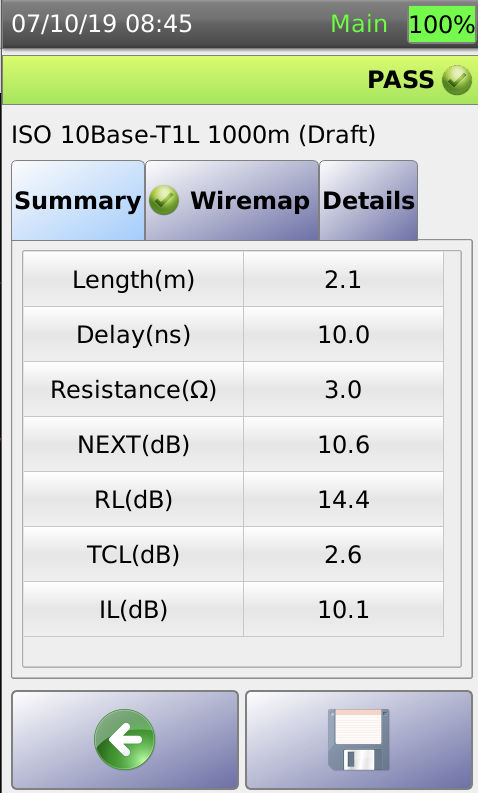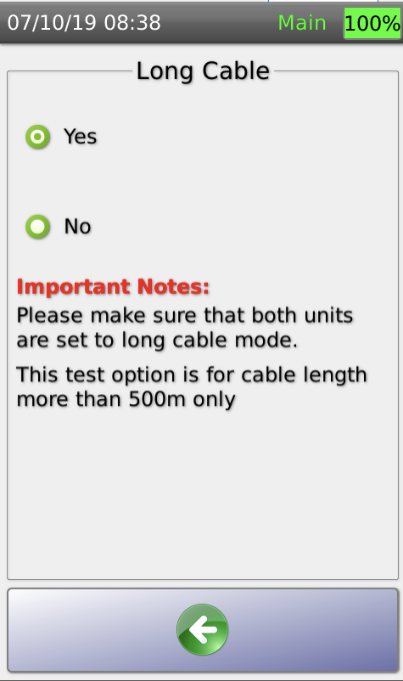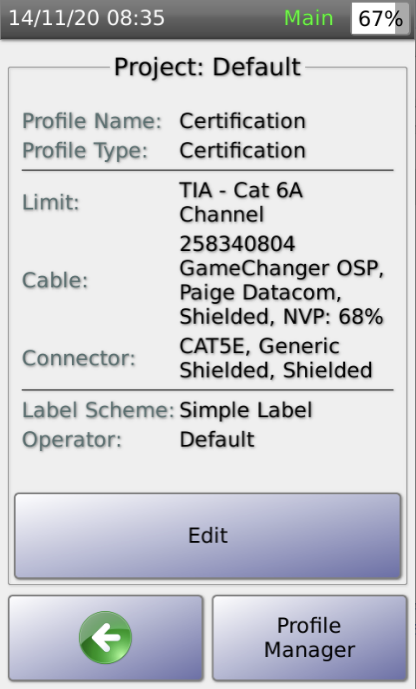
4 Use Cases for Testing Long Haul Twisted Pair Cabling
4 Use Cases for Testing Long Haul Twisted Pair Cabling
Many cable install professionals are under the false impression that a cable tester only needs to verify twisted pair copper up to -- but not exceeding -- 100 meters (328 feet) in length. While it is true that most two- and four-pair 802.3 Ethernet standards do indeed have a maximum distance limitation at the 100-meter mark, there are plenty of other uses and standards that require a tester to verify proper cable operation well beyond 100 meters. This includes cabling projects for the Internet of Things (IoT), Industrial IoT (IIoT) and many surveillance camera deployments over twisted pair copper. In this article, we're going to point out four different real-world use cases where a cable test unit must be capable of validating copper runs up to 1000 meters.
1. Intelligent building control systems
A major part of the IoT movement is to make the buildings we work in smarter. Newly built constructions are receiving intelligent control systems right out of the gate. Older buildings are being retrofitted with similar systems that meter, monitor and automate many building functions. These technologies can be used to better control energy costs of electrical and mechanical systems while also automating previously manual processes. Ultimately, intelligent building controls provide the precise HVAC and lighting/power needs when and where occupants need them while conserving these resources everywhere else.
The problem is, many intelligent building control system components are dispersed throughout large building campuses. At the same time, they also require constant and fully connected communications. Many leverage the use of serial interfaces over twisted pair copper as a way to allow long haul connections to connect building control components located hundreds or thousands of feet away. Thus, once your business clients begin implementing these types of intelligent systems, expect the need to run and verify twisted-pair cabling well beyond 100 meters.
2. IoT sensors using single pair Ethernet (SPE)
 Example 10Base-T1L 1000m (802.3cg) Test
Example 10Base-T1L 1000m (802.3cg) TestExample 10Base-T1L 1000m (802.3cg) TestThere are any number of new IoT sensors that are hitting the enterprise market in 2019 and beyond. Examples include sensors that measure temperature, humidity, smoke, pressure, acceleration and chemical levels. Sensors can be used to monitor areas that demand consistent temperature/humidity levels such as in a data center. Other uses are to identify objects/people in proximity to a sensor and send alerts when the object or person moves. Sensors can also be used to rapidly alert building occupants of a dangerous event such as a fire, gas/carbon monoxide/chemical leak or other dangerous environmental situation.
One interesting aspect of these types of sensors is that they typically don’t require even close to 1 Gbps or higher throughput rates that common 802.3 Ethernet data protocols provide. That said, IoT sensor deployments do often require cable runs that extend far beyond common 10/100/1000BASE-T distance limitations of 100 meters. That’s why many are looking at Single pair Ethernet (SPE) for future IoT deployments. SPE is a relatively new standard (IEEE 802.3cg) that allows for cable runs up to 1000 meters using only a single pair of Category 5e cabling or better. Runs can extend this far while also providing data speeds of 10Mbps.
Expect IoT sensor manufacturers to begin adopting the SPE standard in their hardware to further increase ease of deployment within large buildings, office campuses or even entire municipalities.
3. Manufacturing and warehouse automation
Manufacturing plants and warehouses are regularly being revamped with the latest in smart assembly lines and robotics. These technologies help to decrease process times, reduce outages, eliminate waste, and increase safety protections. This is often accomplished using intelligent monitoring, augmented reality and advanced analytics. The problem is, all these platforms, sensors and robots must be centrally connected. This often means that twisted pair cabling used to connect these types of systems will far exceed 100 meters. While this has been the case for manufacturing/warehouse environments for years, the need for long cable runs is only going to increase.
4. CCTV deployments
The demand for closed circuit television (CCTV) and other security control and surveillance systems is growing at a rapid rate. The reason for this is the fact that one can now deploy high-quality and high-definition surveillance cameras at a fraction of the cost compared to even a decade ago. Thus, to ensure the safety of employees, partners and guests within a building or campus – as well as to provide insurance policy protections against robberies, thefts and frauds – CCTV is a wise investment. That said, many CCTV cameras must be installed at considerable distances away from the central network. Cameras are often positioned at remote gates and entrances, building outposts and on rooftops. Thus, many manufacturers offer the ability to stream CCTV feeds over twisted pair cabling up to 1000 meters in length.
Is your test equipment capable of verifying operational status of cabling up to 1000 meters?
Cable test equipment manufactures only guarantee their test results up to a certain distance limitation. In many cases, this distance is far below what you might need given today’s demand for long haul twisted pair runs. In order to prepare for the increase in long haul runs, be sure to have test tool like the AEM CV100 which can verify twisted pair runs up to 1 KM in length. The CV100’s standard autotest supports testing twisted-pair cabling up to 600 meters. If you require testing beyond this length, there is a special test mode for cables that range between 500 and 1000 meters.
 Long Cable Setting for 500m to 1km Testing
Long Cable Setting for 500m to 1km Testing  Showing GamerChanger Cable Type inSetup
Showing GamerChanger Cable Type inSetup
Many field test units on the market today aren’t capable of testing this far. Considering the growing need for building control systems IoT sensors, IIoT and CCTV long cable runs, long haul verification tests are definitely a function of the CV100 test tool that you’ll put to good use.

